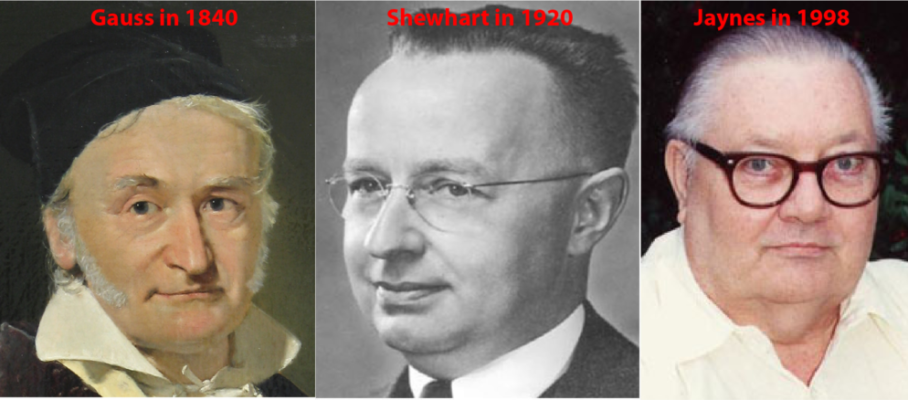Mar 5 2024
Process Control and Gaussians
The statistical quality profession has a love/hate relationship with the Gaussian distribution. In SPC, it treats it like an embarrassing spouse. It uses the Gaussian distribution as the basis for all its control limits while claiming it doesn’t matter. In 2024, what role, if any, should this distribution play in the setting of action limits for quality characteristics?


 The people of the Honda plant in Anna, OH, claim to make the best engines in the world. On the floor, there is neither a single control chart nor any engineer trained in SPC.
The people of the Honda plant in Anna, OH, claim to make the best engines in the world. On the floor, there is neither a single control chart nor any engineer trained in SPC.
Nov 7 2025
The Lowdown on the Range Chart
To use in-process measurements for quality control 100 years ago, Walter Shewhart proposed the \bar{X}-\sigma charts. It entailed arranging workpieces in rational subgroups, summarizing measurements by subgroup into means and standard deviations, charting both, and checking new values against control limits.
When Harold Dodge tried to implement the \bar{X}-\sigma charts at Western Electric, the engineers balked at calculating sample standard deviations with paper, pencils, and slide rules. To gain acceptance, Dodge let them use sample ranges and plot them in R charts instead. While easier to understand and to use daily, sample ranges are mathematically more complex and more sensitive to extreme values than standard deviations.
The SPC literature glosses over the motivation for the R chart and its math. It provides recipes for using these charts, but no explanation. We shouldn’t ask manufacturing professionals to use a tool without explaining its purpose and its theory. This is what this post is trying to remedy.
Like all control charts, the R chart uses limits calculated for the Gaussian distribution. As no simple formula is available for the R chart, setting control limits for it requires numerical approximations that must have consumed months for human computers in 1924. Today, you can replicate them instantaneously with software. These calculations reveal that the \pm 3\sigma limits in the books for the range chart do not actually encompass the 99.73% of the distribution that they do in \bar{X} charts.
The R chart was an ingenious workaround to technical and human constraints of the 1920s that no longer exist. Today, rather than blindly applying these tools, we must draw inspiration from their inventors and develop solutions to meet the process capability challenges we are actually facing.
Contents
Share this:
Like this:
By Michel Baudin • Quality 0 • Tags: Control Charts, Quality, Range Chart, SPC, Xbar-R chart